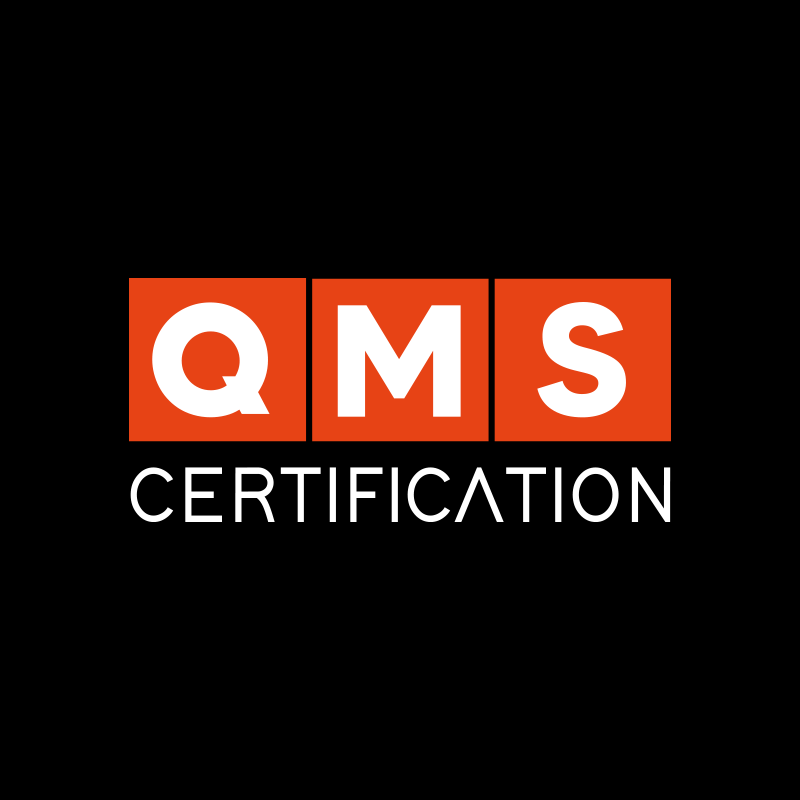Not all companies are used to performing the annual management system (MS) closure. However, this is a good practice that can make a major difference in the results of the following year, as well as strongly engaging employees.
This is because we, as human beings, enjoy celebrating and closing cycles. Naturally, Christmas and New Year, for example, are seen as moments of reflection and planning for what is to come. Therefore, bringing these moments into management systems is essential.
Today, we will discuss some actions that can help close the year on a high note and, in turn, drive more engagement and results in the following year. We will not focus on a single standard or system, so this text applies to MSs based on ISO 9001, ISO 14001, ISO 45001 and others.
Conduct an intelligent, not bureaucratic, management review!
Management reviews are fundamental points of a management system, and they are required for certification across numerous standards. Therefore, the end of the year is the perfect time for a more qualitative, broad and systemic review—one that goes far beyond the numbers.
At this point, we will have in hand the results for the entire year, which can bring great systemic and strategic insight. Thus, now, even more important than the value of the indicator is the context of the result. We should ask ourselves, for example:
- What led us to achieve goal x?
- What hindered the fulfillment of goal y?
- Which management decisions worked?
- What can be replicated in 2026?
- Which nonconformities caused the most losses?
- Which treated NCs delivered the best results?
- Which failures can we not repeat?
- Which best practices had the strongest effect?
- Among others.
Always focus on team recognition and engagement
Regardless of the niche, field or standard, one fact is universal: the system only exists because there are people behind it. Therefore, it is worthwhile to perform an annual management system closure focused on recognizing employees.
The options for recognition actions are endless—we can issue symbolic certificates, create an achievement wall, make a public thank-you and even offer gifts and awards. In addition, these actions can be individual or collective, which further expands the possibilities and increases the ability to positively impact the company.
In any case, performing an annual management system closure focused on recognizing people helps reinforce a sense of purpose. As a result, employees better understand why we have an MS and how important it is for our company and stakeholders.
Plan the necessary training to improve results
Another important and universal fact is that people can only perform good work if they are trained for it. Thus, instead of planning only result-based goals, use the annual management system closure to create a competency development map.
The previous actions will help us understand where we succeeded, but they can also highlight what still needs improvement. So, identify technical and behavioral gaps that negatively impacted the system or prevented even better results. To do this, also rely on employees—talk to them and ask about their difficulties and routine problems.
Finally, with everything mapped out, plan training that will help your annual management system closure go even further! It is possible to conduct short, practical and strategically aligned training sessions at the end of the year. It is also possible to organize lectures, workshops and other activities that take advantage of the festive year-end atmosphere.
Larger and more complex gaps, however, should be added to the 2026 calendar and can start being organized with more time and care. This way, the outcome will certainly be significant improvement and strong results in the year to come.
Update threats and opportunities
To conclude the annual management system closure in the best possible way, here is a more specific and technical action: risk updating! With the strategic plan in hand, we will already have an idea of what lies ahead. We also know that the organization’s context changes and the system must reflect those changes.
Therefore, the end of the year is ideal for reassessing strategic risks, especially considering the economic scenario. Suppliers, legislation and even internal changes (such as structure, technology or culture) can be anticipated and planned for to some extent. This can save a lot of headaches in the future.
This not only helps us seize opportunities and avoid threats but also demonstrates maturity and alignment of the QMS with the company’s reality. Thus, we can better communicate with stakeholders, work more assertively and make the most of our resources and potential!
Annual management system closure: the greatest gift a company can receive
Finally, it must be said that closing the year with the management system in order is more than an obligation—it is an act of organizational intelligence. After all, each treated nonconformity, each analyzed indicator and each planned improvement represent maturity, learning and commitment to what truly matters: evolution. And all of this, in the end, will be reflected in strong results for our processes!
In other words, the real “year-end gift” is not a seal or certificate on the wall—even though it is an important recognition. The real gift lies in the awareness that our companies learned from the cycle that is ending—and that they are ready for the next one! When a management system is reviewed with purpose, it not only ensures conformity but also shows how alive and result-driven the culture of quality, environment, occupational health and safety, information security, etc. truly is!
Therefore, just like a well-chosen gift, the annual management system closure delivers value, meaning and expectation. It surrounds our companies with a sense of accomplishment and opens the door for the new, for improvement and for innovation. Because in the end, the greatest gift an organization can receive is the confidence that it is better than yesterday—and much more prepared for tomorrow!










